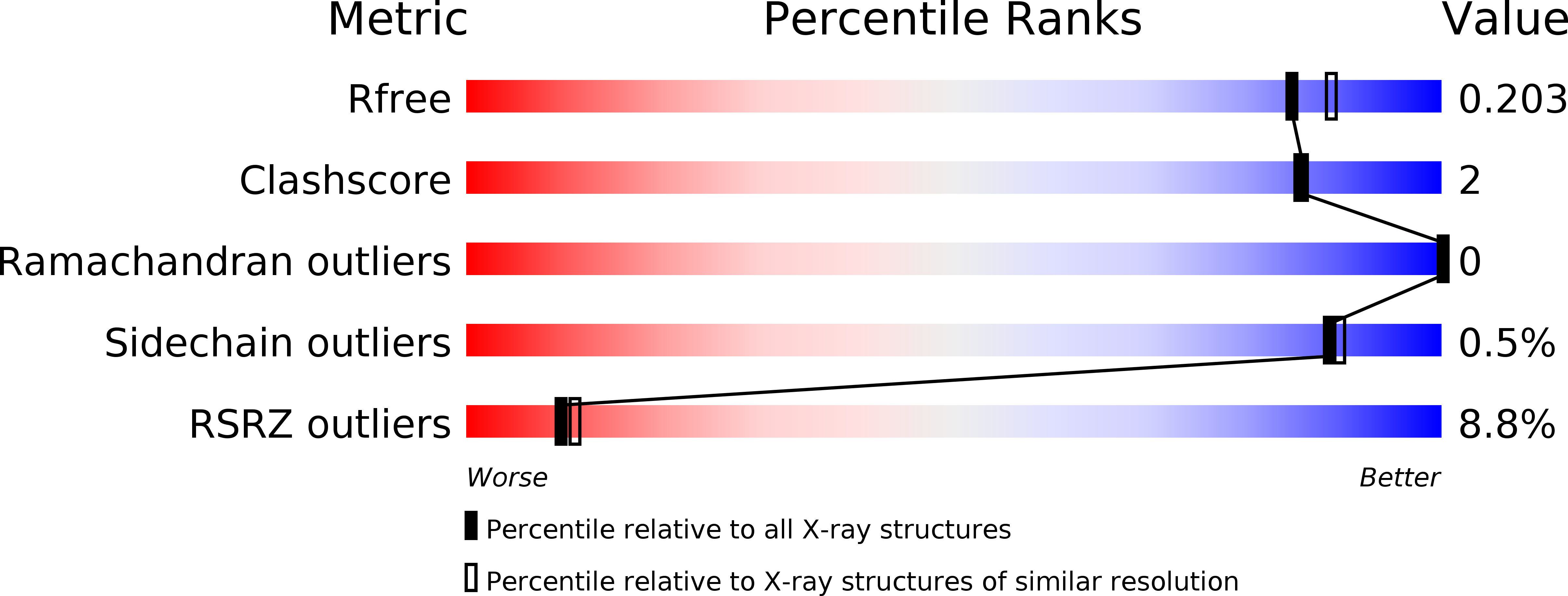
Deposition Date
2020-02-13
Release Date
2020-07-08
Last Version Date
2023-11-29
Entry Detail
PDB ID:
6LYB
Keywords:
Title:
PylRS C-terminus domain mutant in complex with 3-Benzothienyl-D-alanine and AMPNP
Biological Source:
Source Organism:
Methanosarcina mazei (Taxon ID: 2209)
Host Organism:
Method Details:
Experimental Method:
Resolution:
1.90 Å
R-Value Free:
0.20
R-Value Work:
0.17
R-Value Observed:
0.17
Space Group:
P 64


